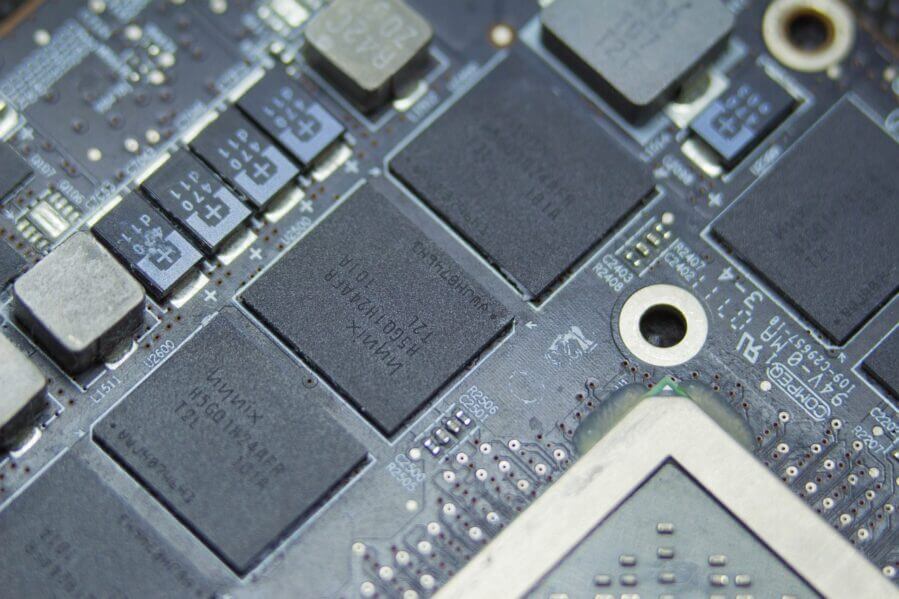Resistive Switching Memory – A Human Brain-Inspired Computer Memory Design
Nearly every person (of all ages), organizations, corporations, institutions, and industries use computers today, and the rising demand for faster and more powerful computers.
Computer technology has a great impact on various industries. Modern computers process higher volumes of data. However, performance and energy efficiency can be problematic because the more powerful a computer system is, the more energy it requires.
Potential to reshape the computing landscape
But the increasing demands for energy to run powerful computers may soon have a solution. The researchers at the University of Cambridge have developed a groundbreaking resistive switching memory that can change how the internet and communication technologies use energy. This is significant in the face of the predictions that communications and the internet alone would consume nearly a third of global electricity within ten years.

The research team’s innovative design was inspired by the synapses of the human brain. They developed a computer memory design that performs similarly to the human brain. According to the study’s first author, Dr. Markus Hellenbrand, they conducted the study at the university’s Department of Materials Science and Metallurgy.
He explained the limitations of computer memory technologies today, which led to their study. He added that sending data back and forth between different memory and processing units wastes time and energy. According to the professor, the traditional setup drives the increased growth in energy demands, impeding global efforts to minimize carbon emissions.
The team explored the promising new technology known as resistive switching memory to fight the challenge. It differs from conventional memory devices, which typically represent only one or zero states. Resistive switching memory devices can represent a continuous range of states, which results in memory with higher performance, lower energy consumption, and greater density. Dr. Hellenbrand compared the innovative technology to a memory stick. For example, a high-end USB stick can store up to 16TB of data. With a resistive switching memory stick, the storage capacity could be ten to 100 times more. He added further that the technology shows several benefits that will match the needs of society and the continuous growth of using the internet, new algorithms, and artificial intelligence.
The focus of the research
The team concentrated on hafnium oxide, an insulating material that the semiconductor industry often uses. However, hafnium oxide does not possess structure at the atomic level. Thus, it is unstable for memory applications, but adding barium into thin films of hafnium oxide caused the formation of unique structures within the material.
The unique structures, called vertical barium-rich bridges, allowed electrons to pass through, leaving the surrounding hafnium oxide unstructured. An adjustable energy barrier was created where the bridges met the device contacts. The energy barrier regulates the electrical resistance of the hafnium oxide, allowing multiple states to exist within the material.
The important characteristic of hafnium oxide composite is its self-assembly at low temperatures, making it less costly. Aside from its ability to have excellent uniformity and performance, it can also match the functions of synapses in the brain.
Therefore, the composite material can store and process information in the same location, just like how the brain processes information. Thus, it will be possible to produce computer memory devices that are more efficient, faster, and store higher data volumes.
They have already filed a patent for the technology, according to Dr. Hellenbrand, and they are likewise collaborating with industry partners to perform larger feasibility studies. They want to have a deeper understanding of how high-performance structures develop. He added that it would be easier to integrate hafnium oxide into the existing manufacturing processes because the semiconductor industry already uses the composite material.
